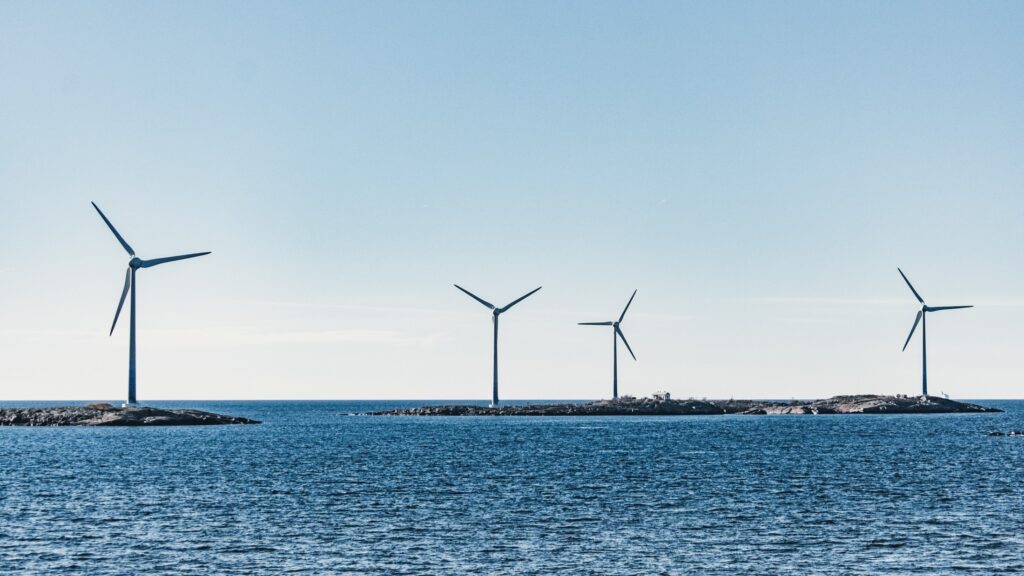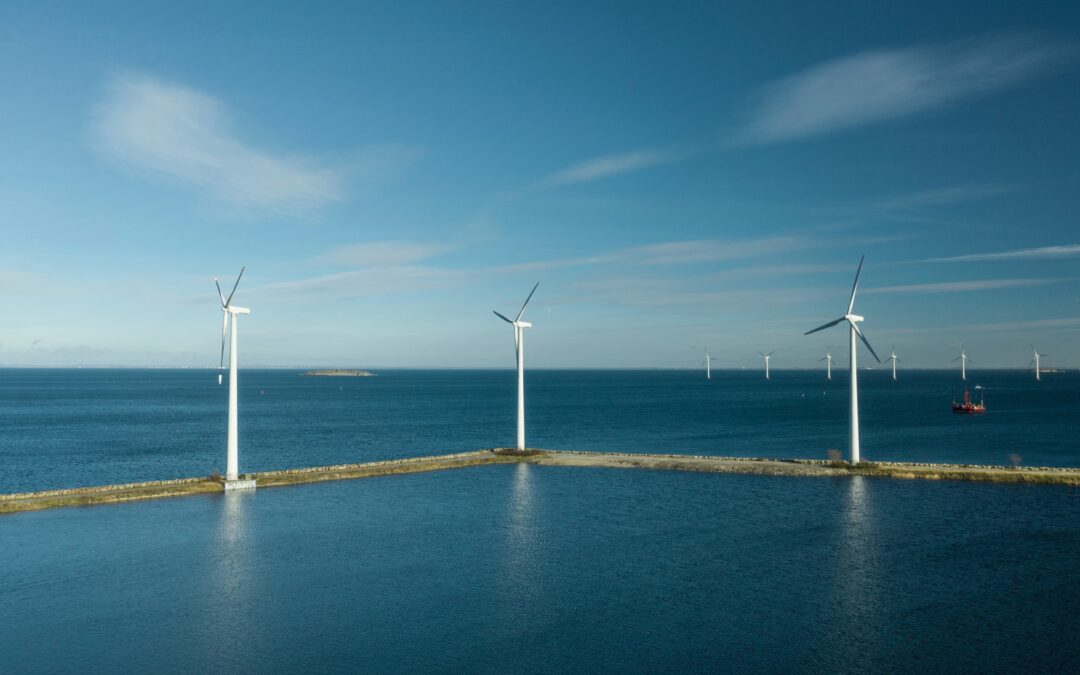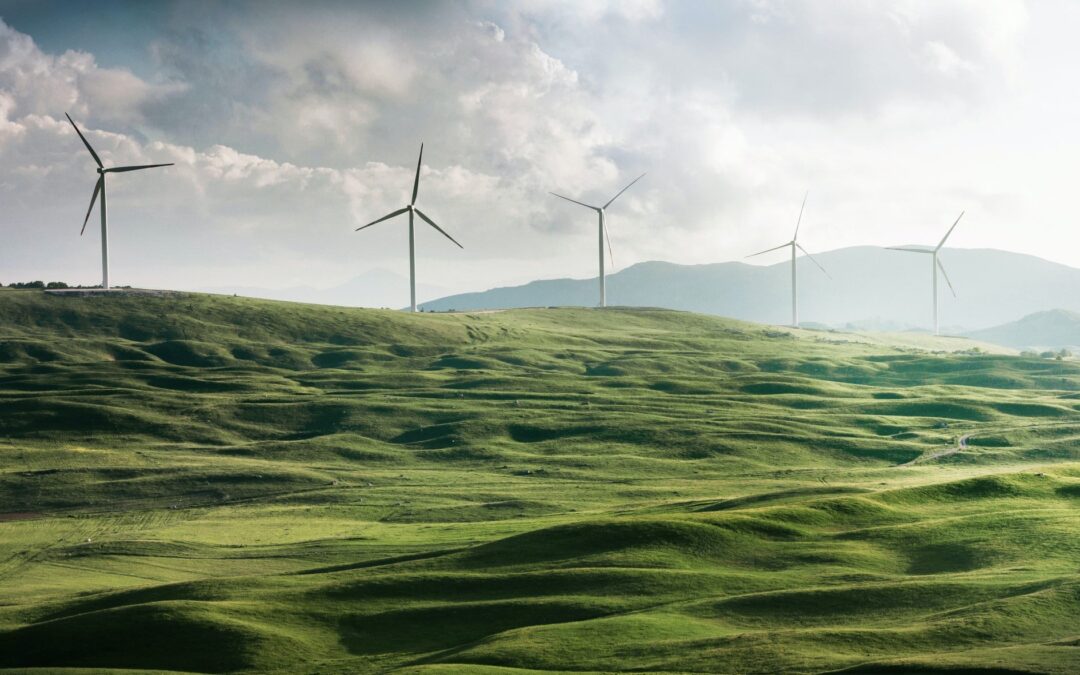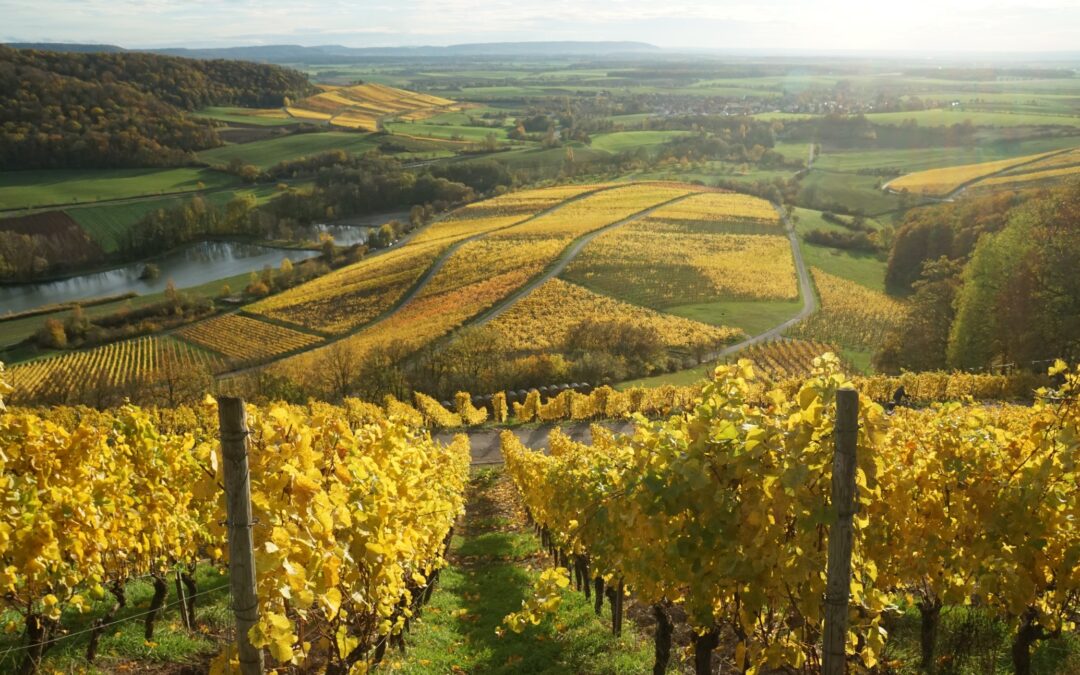
How wind power polarized Sweden

Most recent
Wind power has seen massive leaps in recent decades, but one country keeps struggling to expand its capacity, Sweden.
In 2021, about 17 percent of Sweden’s electricity was generated through wind power. While this figure might seem impressive to some, it pales in comparison to hydropower which made up 43 percent of all generated electricity, followed by 31 percent of going to nuclear. Wind power has been a polarizing topic in the environmentally conscious country. What went wrong with wind power adoption in Sweden and can it unleash the shackles that are holding it back?
Sweden’s fight against wind power
The problems surrounding wind energy aren’t a new phenomenon in Sweden. The country has been struggling to get it off the ground for decades. In 2016, Associate professor at the Linköping University for The Department of Thematic Studies at the Unit of Technology and social change Simon Haikola, along with fellow colleague Jonas Anshelm released a comprehensive review of the polarized political landscape surrounding wind power in Sweden.
The researchers noted that wind power was deemed to become the replacement for nuclear power, citing reports published between 1973 and 1989. But at the time wind power was still in its infancy and reports indicated that this renewable source couldn’t generate enough electricity to meet demand. Additionally, large wind turbines would harm the natural wonders across Sweden. These findings leaned heavily towards the visual depreciation of the landscape and underemphasized the contribution it could make towards sustainable power generation. This combination, the reports found, would garner public resistance.
Haikola and Anshelm found that this has created much skepticism amongst local officials and led to underinvestments in wind power. They explained, “ As a result, several state authorities expressed great skepticism about investing in wind power. This represents the only time the political establishment and major power companies have so heavily stressed aesthetic matters with regard to energy infrastructure.” It would take up to 2003 until wind power was re-evaluated as a possible energy source. In contrast, its close neighbor Denmark was already investing heavily in wind power and on its way to becoming the benchmark for the rest of the world.
This reevaluation led to the introduction of green certifications for power companies, which could now rapidly expand wind power across Sweden. But underneath the surface, reluctance towards wind power was far from gone, and resistance grew stronger. The researchers at Linköping University noted that protest groups sprung up, with the Union of Swedish Landscape Protection attracting 15,000 members by 2009. These groups were largely motivated to preserve the natural landscape, with environmental research as a counterpart argument mostly being set aside to favor local interests.
Persevering Sweden
The firm stance against wind power was also felt outside of Sweden. In 2007, Mark Landler at the New York Times wrote that Sweden would be expanding its wind power capacity, but that the energy source was deeply flawed, noting the shortcomings of the energy source. Landler cited remarks made by the research director at independent market research company, ABS Energy Research in London, Euan C. Blauvelt, who explained that the business case for wind power wasn’t as strong as proponents make the general public believe. Bauvelt said that when the wind doesn’t blow, coal-fired power plants will have to step in to fill in the demand. Granted, this article was written at a time that battery megapacks were still mostly theoretical and not a viable option to secure grid operations. An endeavor that California is now committed to realizing.
Lander brought forward another argument against the expansion of wind power, as its close neighbor Denmark had a surplus of energy generated through its wind farms. Sweden could simply purchase this from Denmark. Norway already bought excess energy from Denmark, which it used for its pumped hydro installations. In Sweden’s case, the vast network of hydropower plants could be the saving bid to increase the energy generated through renewable sources. However, Lander pointed out that the country aims to increase the share of a third energy source to decrease its overreliance on nuclear and hydropower. But the fight against wind turbines remained strong among the general population with cries to stop the expansion growing louder with each passing year.
In 2010, a court order added more fuel to the wind power fire, when protests against a wind farm initiated by the indigenous Sami community were overruled. The National Association of Swedish Sami contested the construction of a 270GWh strong wind farm in the municipality of Harjedalen. The project was initially set to be completed in 2001, but the Swedish developer O2 became entangled in a series of legal battles that kept stalling the project. The location is controversial, as the native reindeer herder community is seeing its disposable land decrease year by year.
Sami association lawyer, Jenny Wiik-Karlsson, who represented the Sami community in the high court, expressed her disappointment about the verdict. Wiik-Karlsson said, “When it came to the crunch, the court weighed different national interests against each other and found wind energy to be the most important.” Noting there’s a “sense of resignation” amongst the Sami people. Wiik-Karlsson furthermore explained that the ruling could be a precursor to future projects which might follow the same route to victory. This was just one of many controversial takes on the wind power industry in Sweden and continued well into the 2020s when the political debate became even more polarized than before.
Wind power challenges in Sweden
In 2021, Politico wrote about the divisive nature of wind power in the country. The energy source receives a lot of opposition from parties like the Moderate Party, who in an immoderate way, warn that wind turbines will destroy Sweden’s pristine nature. The reluctance towards the offshore wind is in stark contrast to its close neighbors Germany and Poland who have set ambitious targets to expand wind power generation from offshore wind farms.
Per Bolund, Environment Minister, expressed his concern for the environment and the potential wind energy can give. There’s also much to lose in terms of economic value and Sweden’s image as a renewable energy leader. Large companies like Microsoft buying large quantities of energy and demanding it comes from clean sources. Small towns however fear an ocean view crowded by Eiffel tower sized wind turbines. Destroying any prospect for an economy running on tourism.

The sky seemed the proverbial limit for wind power in Sweden. In May 2022, the Swedish Government granted energy company Vattenfall a permit to start developing the offshore wind farm Kriegers Flak. In the press release, the President and CEO of Vattenfall Anna Borg said the company was pleased with the announcement. The project would secure future demand and decrease the reliance on fossil fuels. But, in the same breath, Vattenfall added that while the permit is a step in the right direction, the real challenge for scaling offshore wind power in Sweden is permit schemes for easier access to land connections to electricity back into the grid. Senior Vice President and Head of Business Area Wind at Vattenfall, Helene Biström, added, “[…], before the wind farm can be completed, all necessary permits have to be secured and an agreement with the Swedish TSO on how the connection to the grid on land needs to be reached.”
In the same month, May 2022, a decade after the court ruling revolving around the Sami community versus the developer O2, the heated topic reignited after an organized protest against the wind farm. Local residents blocked the road to the site with discarded vehicles and their own bodies. One of the organizers of the protest, Kim Hultgren, explained in a press release at Amnesty International Sweden, that the protest is an action the community would rather avoid, preferring to stick to its traditional ways. Hultgren said, “We would much rather fight to contribute to a positive development, a vibrant sparsely populated area, and a restoration of our landscapes than to try to put the sticks in the wheels of this colonial project.” But as all else had failed to stop the project, the Sami had to resort to drastic measures. This was yet another extreme of the dysfunctional and polarized debate surrounding wind farms, which even stretches far out into the oceans of Sweden.
Reluctance toward offshore wind power
In the ocean waters across Sweden, developers and governmental bodies are pitted against each other, with each claiming their own portion to preserve the open waters. In October 2022, a permit for an offshore wind project in the municipality of Gävle was rejected by the Land and Environmental Court in Östersund. The permit was declined as it was believed the community wasn’t involved enough in the mapping of any negative impacts of the construction of the wind warm. Gävle was already a controversial topic for wind power expansion, with the mayor of the fishing village Mats Abrahamsson raising concerns that the wind turbines would render the small town unrecognizable.
In December 2022, plans for several large offshore wind farms in the bay of Bothnia came into jeopardy as its desired locations froze over during winter, with shipping routes needing to be cleared by icebreakers. Johan Wahlström at the Swedish Maritime Administration explained, “We can see a certain concern that if wind farms are established, there may be a risk of building in the way of shipping to the incredibly important ports in the north. That would be devastating.” Adding that ships must be able to reach their destination. The placement of large offshore wind farms can jeopardize clearing operations. This is a major setback for the high ambitions laid out by Sweden’s policymakers. In March 2022, the Swedish Energy Agency still expected wind power to flourish, increasing by around 70 percent in 2024 compared to 2021 output.

This is not the first time that developers of offshore wind farms found themselves in tug-of war-with local stakeholders. In 2018, Reuters reported that the country’s air force had increased its airspace claims, deeming the low-fly zones. The move was a protective measure to halt further development of offshore wind farms that could jeopardize its operations. This came as a major setback for the developers, who demanded more clarity from the government. Johan Hammarqvist, the spokesman for wind development company Eolus Vind, told Reuters, “Clarification is important so that developers do not spend money on projects that have a low chance of being permitted due to the views of the armed forces.” To cool down the recent development, Ibrahim Baylan, the country’s Energy Minister, said that projects which have already received permits can proceed without problem.
Wind power polarizes Sweden
Sweden has benefited greatly from its geographic composition, being able to vastly expand its hydropower stations, turning the country into a renewable energy leader. But where it has covered a lot of ground in terms of renewable energy generation, the last mile may prove the most challenging.
Wind power has become a polarizing topic in the country, with right-leaning parties raising their concerns that the towering wind turbines might cause more harm than good for the country. Local communities fear that their traditional ways will be disrupted and their pristine views destroyed. Additionally, the permit schemes make it difficult not only to realize new wind parks but also to connect them to the mainland. Sweden has to either overhaul its scheming programs or accept that wind power will have to make place for alternative forms of energy generation. As it stands now, the country is stuck in limbo with no solution in sight that unites all parties.
Further reading

How Denmark harnessed wind power
Denmark has become a leader in generating electricity through wind power. How did it become the renewable energy gold...

How Iowa became a leader in wind power
Iowa generated 58 percent of its energy through wind power, ranking it first in the US. How did the state reach this...

How Japan failed to harness wind power
Japan can quickly ramp up its wind energy capacity with offshore wind farms. Instead, the country is performing below...
Most recent

How Myanmar lost 30% of its forest in 30 years
Myanmar is seeing deforestation rates increase rapidly. In the last three decades, the country already lost 30 percent...

Portugal’s struggle to part with fossil fuels
Portugal is heavily reliant on fossil fuels and its love affair with the fossil fuel industry makes transitioning to...

Climate change spells uncertain future for winemakers
Winemakers ride into an uncertain future as climate change spells greater uncertainty for their businesses. Climate...


